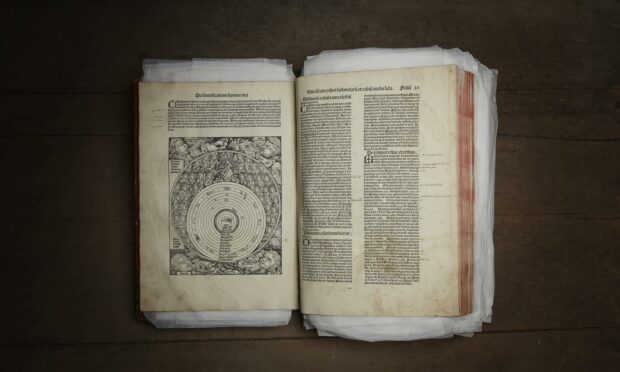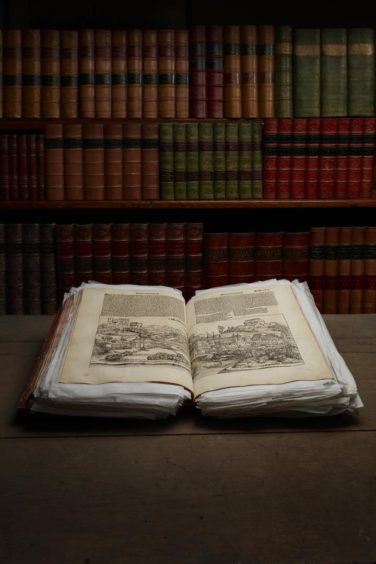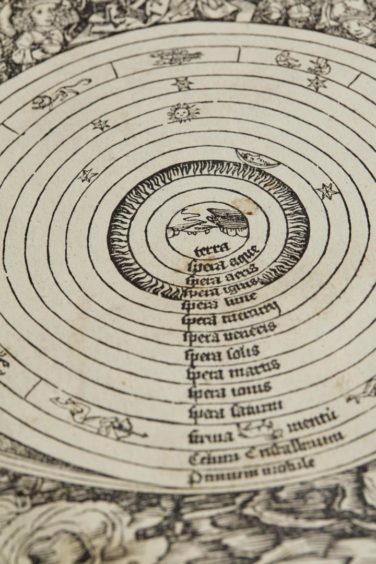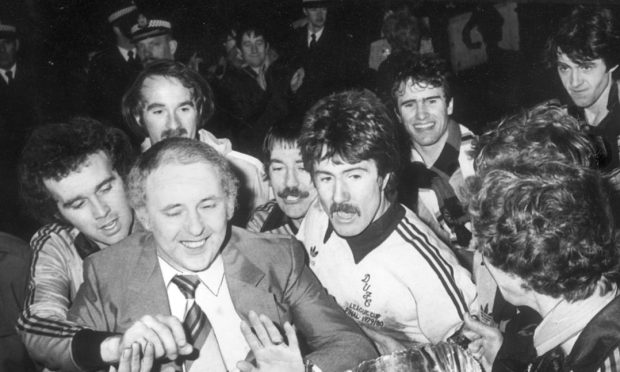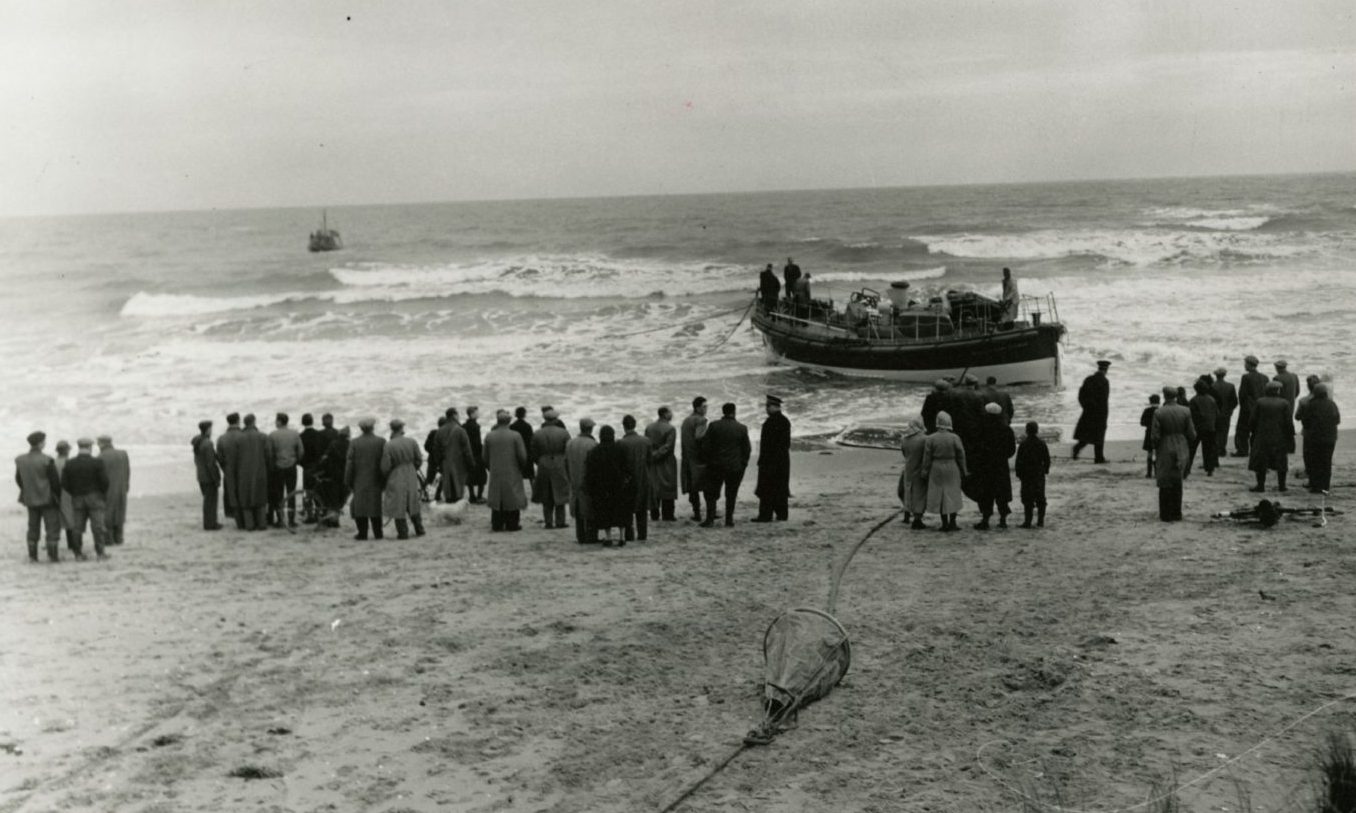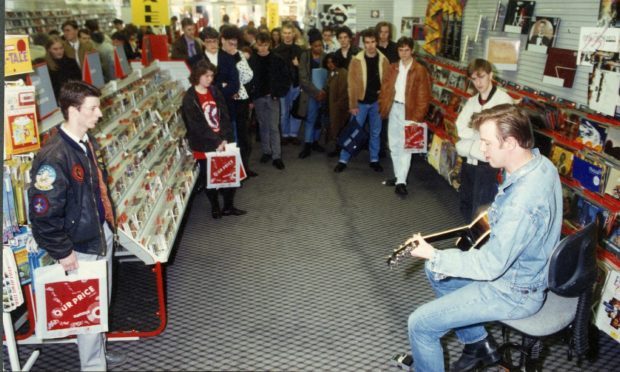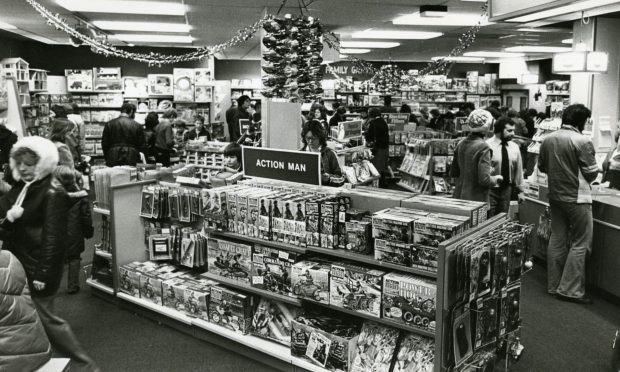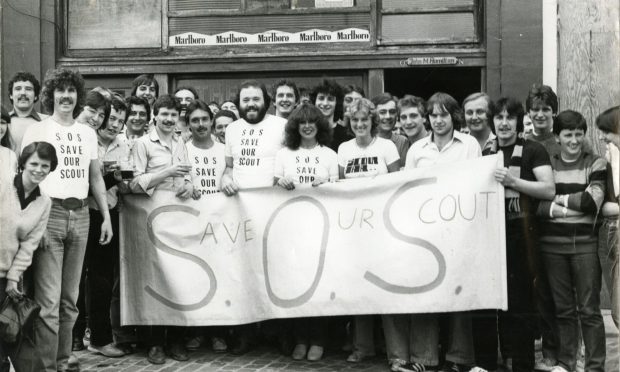An early example of a mechanically printed book, a copy of The Nuremberg Chronicle, is to be offered in Edinburgh and live online by auctioneers, Lyon & Turnbull.
Produced in 1493, the publication is an account of Christin history from Creation to the 1500s.
It was written in Latin by physician and humanist, Hartmann Schedel and was later translated into German.
The book, which has been in the same family since at least the 1860s, is being auctioned as part of the Rare Books, Manuscripts, Maps & Photographs sale on Wednesday September 22 and is estimated to fetch between £30,000 and 40,000.
A publication funded by two merchants, Sebald Schreyer and Sebastian Kammermeister, the ambitious and much sought-after work is the best illustrated 15th century German book ever produced.
Printing press
The invention of the movable-type printing press in 1440s, by Johannes Gutenberg, made printing much faster and cheaper: instead of using individually carved wooden printing blocks for each page, or even writing text by hand, he used movable metal letters, allowing mass production.
The Nuremberg Chronicle was one of the books to benefit from this European printing revolution.
Cathy Marsden, Lyon & Turnbull’s Rare Books, Manuscripts & Maps Specialist, said: “It was a delight to see this Latin incunable, a book from the cradle of printing.
“The advent of the mechanical printing press was rather like the creation of the internet in terms of suddenly making information via the written word much more widely accessible.
“Not only did the publication of The Nuremberg Chronicle play a hugely significant part in the history of printing, it is also a fascinating account of Christian history through the eyes of its author, combined with a vast number of elaborate illustrations.”
